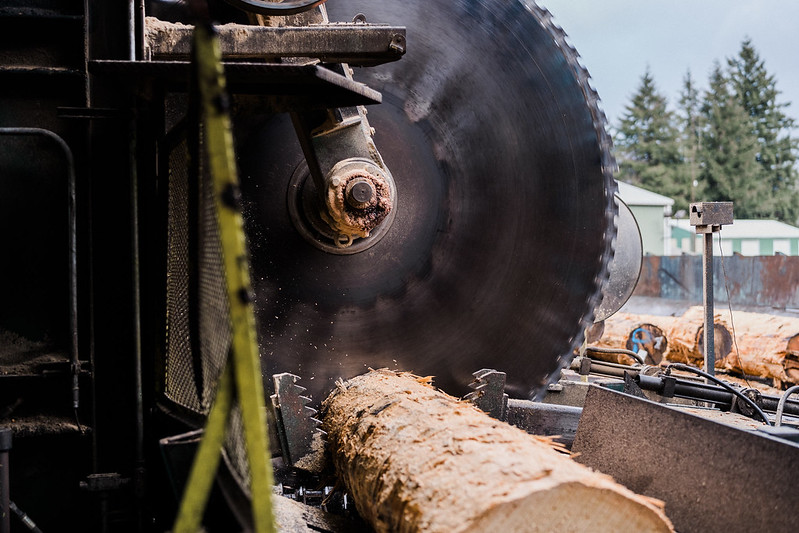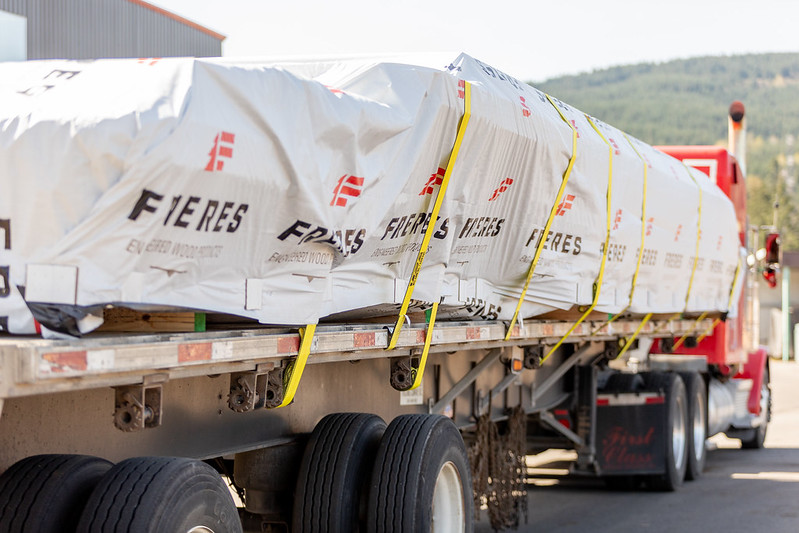Plywood sales volumes have been decidedly slower the last couple of weeks, although we booked just enough to keep our order files refreshed. A breather in the market isn’t too much of a surprise considering that published prices of OSB went on a significant tear and increased by about 30% over the last 5 weeks.
Plywood and veneer price increases were a bit more moderate, with plywood pricing improving by about 10%, and veneer prices improving by 5%. The increase in prices was a welcome relief considering tight margins with current log prices.

Feedback from the market is that we are still in the late winter, early spring slog. Customers are still very mindful of their inventory levels and buying what they need; a “no speculation” marketplace. We have been maintaining our order file, but the last couple of weeks were softer than prior weeks.
Housing starts have been all over the board. While January and February starts were revised upward, March starts were down 15% month-over-month and down 4% from last year. The market has been expecting Fed rates to drop this year, but that has yet to materialize. Recent increases in the inflation rate make future rate declines less likely this year. The rumor that we hear in financial markets is that if the Federal Open Market Committee does not start dropping rates by May, they will likely wait until after the election.

The stunning news over the last week was the announcement that C & D Lumber, a 130-year-old Oregon company, announced that they will be closing their doors. Within the last four months, Hampton Lumber announced that they are shutting down their Banks facility, Interfor shut down their Philomath operations, Rosboro announced the closure of a stud mill, and now C & D.

This is not a good time for the Pacific Northwest wood products industry. The timber supply reductions from the Private Forest Accord and Habitat Conservation Plan are having their predicted effect on the PNW timber industry. We feel for the 300 or more workers who lost their well-paying jobs.
The consequence of consistent lack of support from our political leaders for our industry, which is essential to maintaining the health of our forests, is no investment in facilities or products. Why should our industry invest in Oregon production facilities if the only future our politicians and environmental groups promise is further reduced supply?
Subscribe
We’ll send you a notification when a new story has been posted. It’s the easiest way to stay in the know.